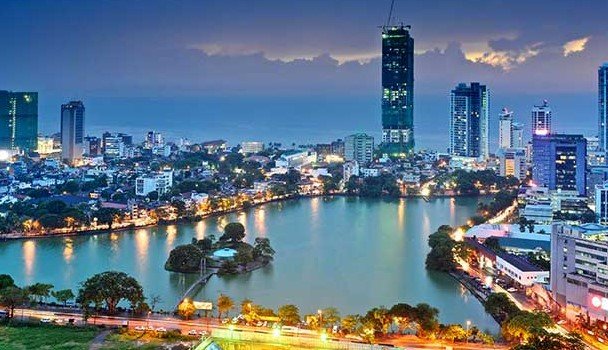Sri Lankas banking sector is bouncing back in 2025, with non performing loans falling and profits climbing sharply, according to the Central Bank of Sri Lanka. This turnaround follows years of economic turmoil, offering hope for stability as the country rebuilds.
Key Improvements in Loan Quality
The gross non performing loan ratio dropped to 12.0 percent by June 2025, down from 12.7 percent in the first quarter. This decline signals better asset health after a tough period marked by high defaults during the nations debt crisis.
Absolute non performing loans also eased to 1,464 billion rupees from 1,474 billion rupees. Experts point to tighter lending rules and a stabilizing economy as main drivers. Banks have worked hard to recover bad debts, using tools like loan restructuring and closer monitoring of borrowers.
This progress matters because high non performing loans tied up capital and hurt lending. Now, with fewer bad loans, banks can focus on new growth areas like small business funding.
Surge in Bank Profits and Earnings
Banks saw net interest income jump to 501.1 billion rupees in the second quarter of 2025, more than double the 251.4 billion rupees from the first quarter. Pre tax profits hit 291.2 billion rupees, up from 146.6 billion rupees, while after tax profits reached 187.8 billion rupees.

This profit boost comes from lower funding costs and higher lending volumes. The Central Bank reports that easing interest rates helped, as did a rise in exports and remittances that strengthened the economy.
State owned and private banks both shared in the gains. For example, larger banks reported record first half profits amid a stronger rupee and growing credit demand.
Here is a quick look at the profit trends:
| Metric | Q1 2025 | Q2 2025 | Change |
|---|---|---|---|
| Net Interest Income | 251.4 billion rupees | 501.1 billion rupees | +99% |
| Pre Tax Profits | 146.6 billion rupees | 291.2 billion rupees | +99% |
| After Tax Profits | 93.6 billion rupees | 187.8 billion rupees | +101% |
These numbers show a clear upward shift, but analysts warn that sustained growth depends on global trade and local reforms.
Economic Context Driving the Recovery
Sri Lankas economy grew by about 4.5 percent in 2025, according to Central Bank estimates, after two years of contraction. Factors like increased tourism, worker remittances, and export growth fueled this rebound.
The current account surplus expanded to 2.04 billion dollars by August 2025, driven by strong inflows from services and remittances. This surplus helps banks by improving liquidity and reducing currency risks.
Political stability after the 2024 elections also played a role. Renewed investor confidence led to more foreign direct investment, supporting bank lending.
However, challenges linger. The non performing loan ratio, while lower, stays above pre crisis levels. Broader debt restructuring and fiscal discipline will be key to long term health.
Challenges and Risks Ahead
Despite the positive signs, banks face ongoing hurdles. Inflation pressures and global trade slowdowns could raise default risks again. Economists note that while growth forecasts for 2025 vary, some predict slower progress due to external headwinds.
The sector must also adapt to digital shifts, like the rise in real time payments, which jumped in share over recent years. Banks that invest in tech may pull ahead, but smaller ones could struggle.
Regulatory changes from the Central Bank aim to build resilience. For instance, higher capital buffers and better risk management are now required.
- High non performing loans still strain smaller banks more than larger ones.
- Global uncertainties, like trade tensions, might slow remittance flows.
- Continued policy support is needed to keep interest rates stable.
Experts believe careful monitoring will help navigate these issues.
Outlook for the Banking Sector
Looking forward, the World Bank projects steady growth for Sri Lanka, with the banking sector playing a central role. If non performing loans keep falling and profits hold strong, banks could drive more investment in key areas like infrastructure and agriculture.
Recent proposals from the Sri Lanka Banks Association for the 2026 budget focus on tax incentives and easier lending rules to boost recovery. These steps could further strengthen the sector.
Overall, the data points to a cautious but real recovery. Stakeholders watch closely as the year unfolds.
What do you think about this banking turnaround? Share your views in the comments and spread the word to keep the conversation going.








